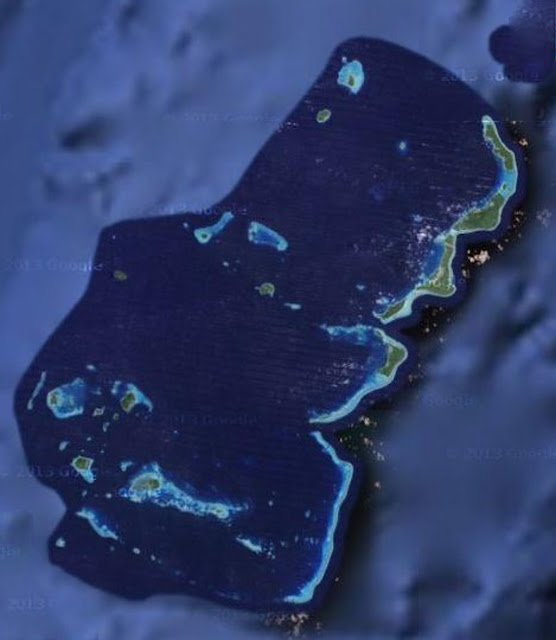Remote islands in Tonga - Ha'apai group
Tonga is made up of four different island groups, each
separated by 50 to 100 miles. We are in the Ha’apai group, which is sparsely
populated and less visited than the other areas.
We found a “crowded” anchorage (two other boats!!) in behind
the lovely island of Ha’afeva. When we went ashore, many of the villagers were
heading back from church and would stop and talk to us. A few invited us to
their homes for lunch. We accepted an invitation for the next day and were asked
to invite the people from the other yachts.
It was a windy and rainy night, but our host still went out
and grabbed some lobsters off the reef for our meal. Tom and Lynn from SV Roxanne
also accepted the lunch invitation, so the four of us grabbed some items from
our “giveaway” piles and headed to the village. The food was great, with fresh
lobster and fish complemented with some cassava (kind of like potato). Our host
invited us out lobster hunting (it isn't fishing as you just grab them with
your hands or spear them) but there is no way Dina is going into the water at
night. Malcolm is allergic to lobster, so he’s not going either.
This region of Polynesia has some large fruit bats, called
flying foxes! They can be the size of small dogs, and they are quite cute! Dina
had been asking about them, so our lunch host found one to show her and brought
it to the dock (She asked him not to kill it! The locals do eat them). It was a
small one, black with a brown head, huge eyes and sharp little teeth (they do
bite, otherwise we would have a boat pet). We hadn’t expected him to do that,
so we didn’t have the camera with us. Try a google image search for “Tonga
Flying Fox” and you’ll probably see lots of photos, some of them better than we
would have done.
Next stop was the island of Matuku, just 5 miles south. We
arrived on a school day during the lunch recess. There were 20 kids on the
beach waving at us when we pulled in. Malcolm took a small kite ashore and was swarmed
by the kids who led us down the beach to their school. The kite was a big hit,
as was the camera. Tongan children love to have their pictures taken. After a
while, the teachers arrived and the kids went in for afternoon classes. We walked
around the island, which took about an hour, and then back to the boat.
We caught up with SV Roxanne again at Tofanga island. Tom is
an avid kiteboarder, and lent us his trainer kite and showed us the basics on
the beach. Malcolm is ready for the next step (dragging through the water), but
Dina needs a bit more time on the beach. Tom didn’t have a harness for us to
borrow, so a bit of man-handling was required. Dina is going to try it again, in
less wind and wearing diving weights, so she will get dragged across the sand a
little less... Glenn, the owner of the dedicated kitesurfing resort, Fanifo
Lofa, was also on the beach with a few of his friends from New Zealand. They
offered encouragement and impressive demonstrations. Looks like we are in the
market for a kite and gear!
We’ve spent three weeks in the Ha’apai group, visiting about
9 islands, and we could happily stay longer. However, we’ve eaten most of the
food on board and, probably more importantly, drank all the alcohol. Since there
isn’t much to buy here in the Ha’apia group, we will head to the hustle and
bustle of the Vava’u group, 50 miles north, where lots of our friends, and most
of the boats that crossed the Pacific, are located.


